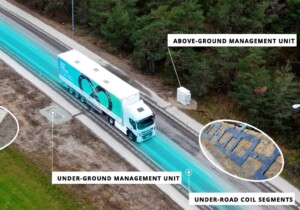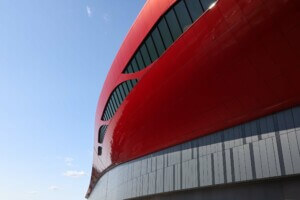Governor Hochul has announced that the second phase of the Second Avenue Subway (servicing the Q Train) will proceed with the solicitation of the first construction contract issued. Opening in January 2017, Phase 1 of the Second Avenue line extended the Q Train on the Upper East Side from 63rd Street to 96th Street. The forthcoming Phase 2 will further extend the line to 125th Street in East Harlem. Phase 1 marked the largest extension of the system in 50 years, and was the costliest subway project per mile in the world at the time. Phase 2 is anticipated to surpass that mark, while phases 3 and 4, extending the Second Avenue line into the Financial District, still linger in the even-longer-term outlook.
The Second Avenue line was first proposed in 1929, with the MTA proposing the current East Harlem-Financial District route in 2004. Construction on the first phase took just under 10 years, with Phase 2 moving from pre-planning to the planning stage in January 2022.
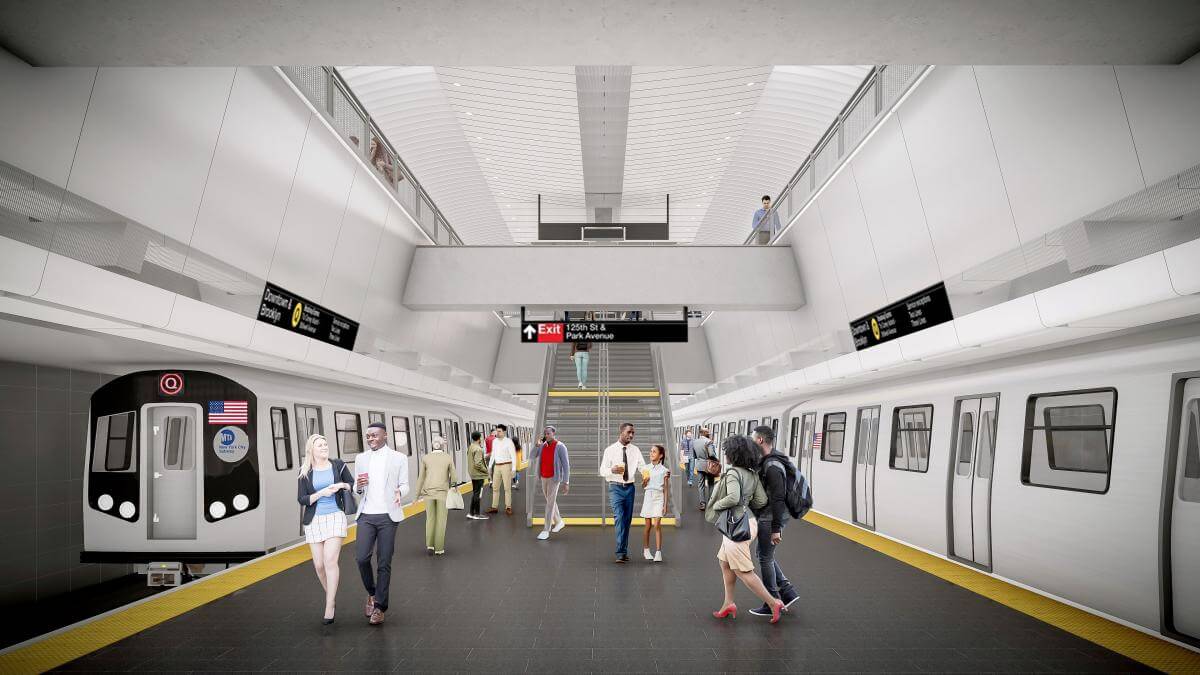
The contract for Phase 2 will be issued in a design-bid-build fashion. City agencies like the Department of Design and Construction (DDC) have increasingly been moving away from contracts in this model, hoping to in-part address the long-criticized cost overruns of subcontractors (and consultants). The announcement from Governor Hochul to proceed on Phase 2 comes after a “Finding of No Significant Impact for the Central Business District Tolling Program issued by the Federal Highway Administration.”
Governor Hochul said in a press release: “The scope of work for the first contract for Second Avenue Subway Phase 2 incorporates lessons learned from Phase 1 and will involve critical utility relocation, laying the groundwork for advancing construction of three future stations and necessary system infrastructure. The contract will be solicited as a Design-Bid-Build A+B contract, which incentivizes proposers to compete on both cost and time needed to complete the work.”
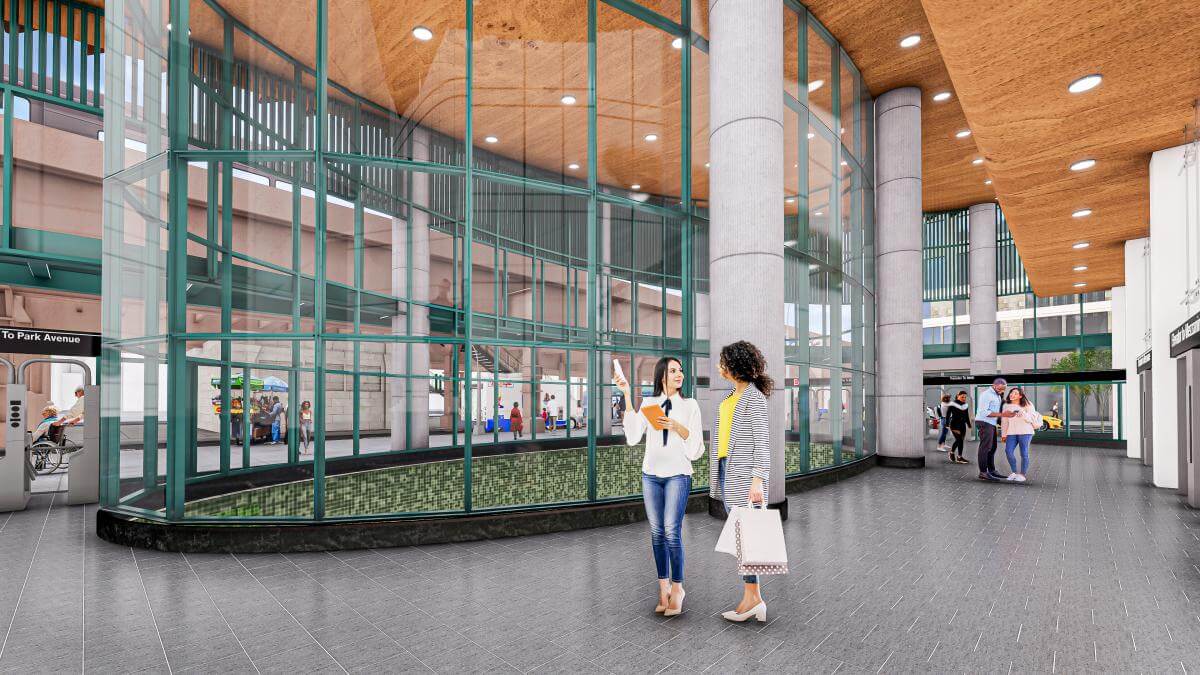
Metropolitan Transportation Authority (MTA) chair and CEO Janno Lieber praised the project, saying: “Phase 2 of the Second Avenue Subway is an investment in transit equity and a truly life changing project. The East Harlem community has waited decades for it, and this expansion will serve over 100,000 riders daily, connecting Harlemites to jobs, education and opportunity throughout the region.”
Combined, Phases 1 and 2 are projected to serve 300,000 riders per day. Stations will be added at 106th Street, 116th Street, with an expansion to the existing 125th Street Station offering connections to the Lexington Avenue Line (4/5/6 Trains), Metro-North, and the M60 Select Bus to LaGuardia Airport.
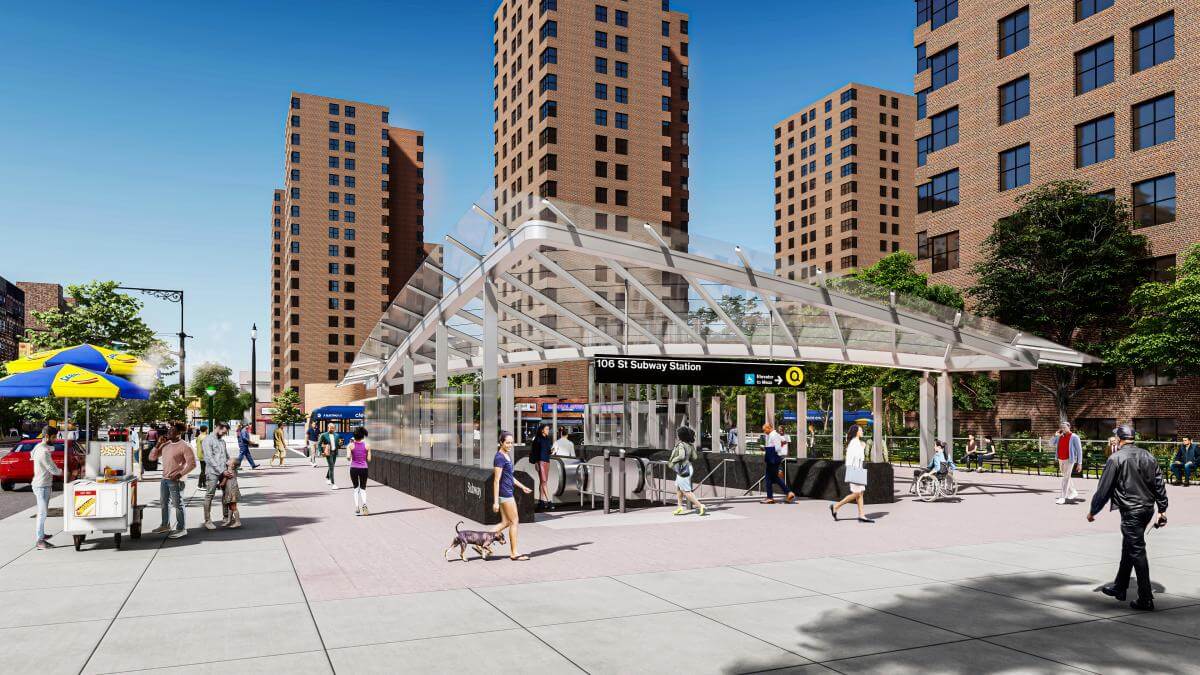
Renderings of the 125th Street Station show a curved entrance next to the raised Metro-North tracks. A partially open-air entrance leads to an interior with wood ceilings and sterile track-level spaces evocative to those found in the World Trade Center PATH Station and 96th Street Station. An initial rendering of the 106th Street Station exterior shows a simple glass awning over a set of staircases and escalators. The conceptual designs show a hardscaped area around the entrance, with minimal shading and plantings.

Phase 2 will run approximately 1.5 miles, and cost $7.699 billion, as estimated by the Federal Transit Administration (FTA). FTA documents show that the subway is projected to run on three minute headways during weekday peak hours, five minute headways during weekday off-peak hours, and six minute headways on weekends. Revenue from recently-approved congestion pricing will provide $15 billion in funding for the MTA’s current capital program, which includes Phase 2. Additional funding will come through the FTA.
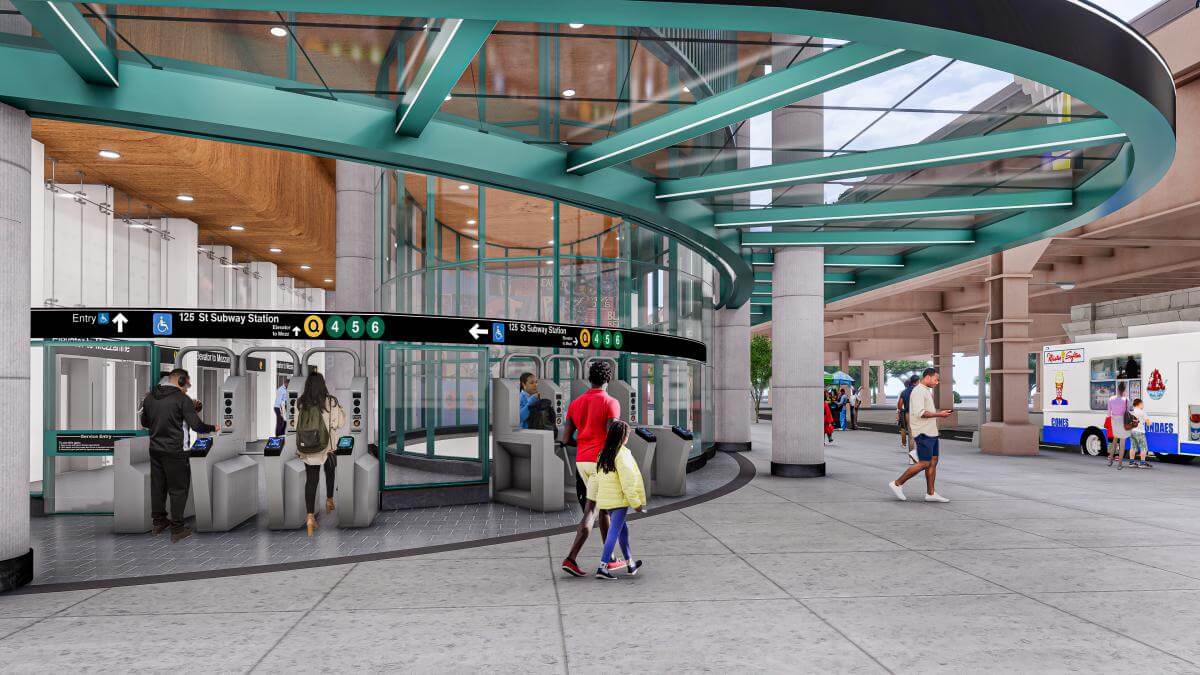
AN will continue to cover the Second Avenue extension as additional design details are made available.









